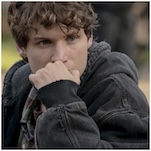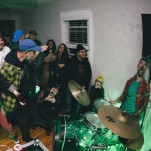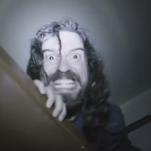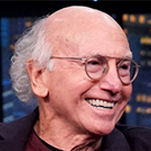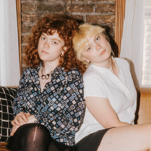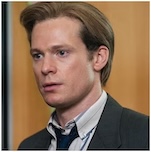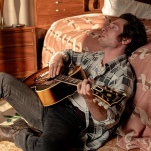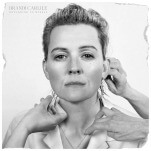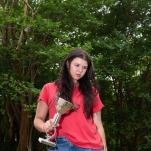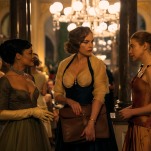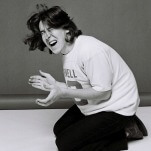Cocktail Spotlight: Champagne Cocktail
Photo via Unsplash, Tristan Gassert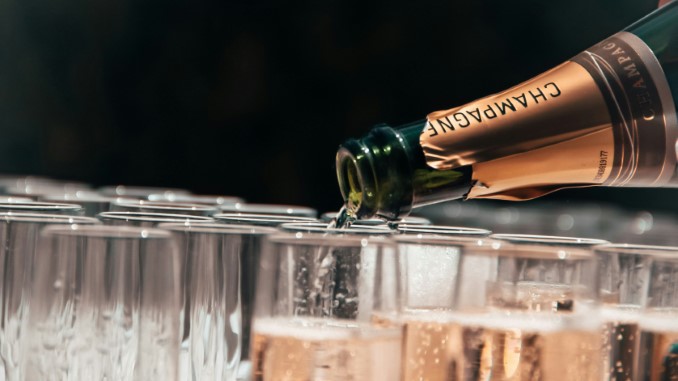
Cocktail Queries is a Paste series that examines and answers basic, common questions that drinkers may have about mixed drinks, cocktails and spirits. Check out every entry in the series to date.
At first glance, the classic champagne cocktail appears to be a simple thing–so simple, in fact, that it’s questionable whether it would even properly qualify as a “cocktail” as many of us think of the term. After all, many bartenders and home mixologists tend to make this drink simply with sparkling wine, a little sugar and bitters–but at the same time, is that not also more or less how an old fashioned is made? So perhaps it’s the lack of a distilled spirit that keeps us from universally thinking of the champagne cocktail as a “legitimate” one?
In reality, the champagne cocktail has often included distilled spirits throughout its history as well, namely in the form of cognac or other brandy. The spiritless version actually lays claim to being the first one in the written record, dating all the way back to 1855, and its inclusion in early cocktail books of the late 1800s likewise finds the drink as a simple combination of wine, sugar and bitters. But somewhere along the way, some brilliant thinker had the bright idea to infuse not only wine, but the distillation of wine (brandy) into this equation, creating a cocktail that was more than the sum of its parts. This is the champagne cocktail as the professional bartender is likely to know it today.
But still, the temptation is to think of this drink as one that preserves little stickler details mostly for historical value, rather than practicality. Why, for instance, use a sugar cube covered in bitters in this drink, when other forms of sugar would be so much more easily incorporated into the drink? As it turns out, there actually are good reasons for what would seemingly just be the vestiges of tradition. The sugar cube, for instance, is not truly intended to do much sweetening for the champagne cocktail. Rather, its more aesthetic function is to slowly deliver the Angostura bitters while also serving as a nucleation site–a textured object at the bottom of the sparkling wine flute or coupe on which bubbles are able to form, which helps to deliver a steady stream of bubbles throughout the drinking experience. The sugar cube ultimately does part of the work in making the champagne cocktail such an attractive drink.
So with that said, here’s a basic recipe:
— 6 parts sparking wine (classically champagne)
— 1 part brandy (classically cognac)
— 1 sugar cube
— Angostura bitters
Place the sugar cube on a bar spoon and use an eyedropper (ideally) to saturate the cube with Angostura bitters. This is an easier way of soaking one cube in bitters, rather than simply placing it at the bottom of a flute and trying to dash bitters on top of it. Place the saturated sugar cube at the bottom of a chilled champagne flute and cover with chilled brandy. Top up with chilled sparkling wine and swirl gently to incorporate so as to not knock out too much of the carbonation. Express citrus peel over glass or garnish with a twist, if desired.
The word “chilled” appears there a lot, and for good reason–the champagne cocktail is designed to be served cold, but without the benefit of having any ice to keep it cold, so it’s a drink you’re meant to consume relatively quickly. Some of the old recipes for the drink actually do call for ice, but this would serve to both dilute the drink to an undesirable level and rob it of its carbonation quickly. Regardless, chilling every element here will help the cocktail stay cold. That especially includes the brandy, as bringing together two liquids of different temperature would result in more loss of carbonation. Chilling the spirit, and the glass in addition to the wine will help preserve the fizziness of the cocktail as long as possible.
As for the actual bottles that should be involved in making one of these drinks? Well, there you really have all the freedom in the world. Traditionally, this would have been made with French champagne and cognac, but there’s nothing to stop you from using any form of bubbles that you prefer, or any form of brandy for that matter. American apple brandy and Blanc de Blancs? Nobody’s going to stop you. Who knows, it might be great. The only immovable object here feels like the Angostura bitters, which are an integral part of the champagne cocktail profile. You can even experiment with different kinds of sugar cubes, or lumps of brown/demerara sugar.
Obviously, the most limiting factor in making the champagne cocktail tends to be whether one has an open bottle of sparkling wine, or intends to open one. This is part of what gives the champagne cocktail its festive association: We tend to make them when we’re already celebrating! Which is to say, the next time that you have a party and you’re stocking up on sparkling wine, maybe make sure you have some brandy and sugar cubes as well. A glass of bubbles is one thing, but a properly executed champagne cocktail is exactly the sort of thing that takes a special night to the next level.
Jim Vorel is a Paste staff writer and resident beer and liquor geek. You can follow him on Twitter for more drink writing.
